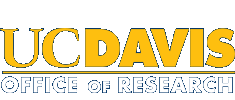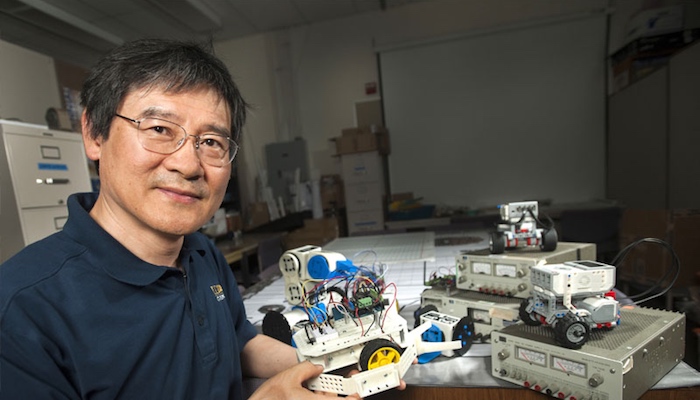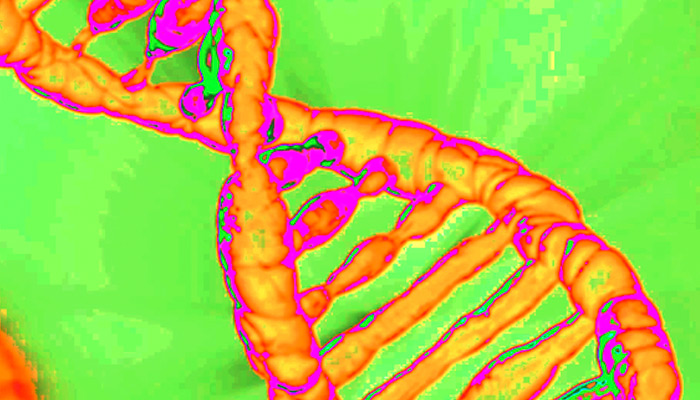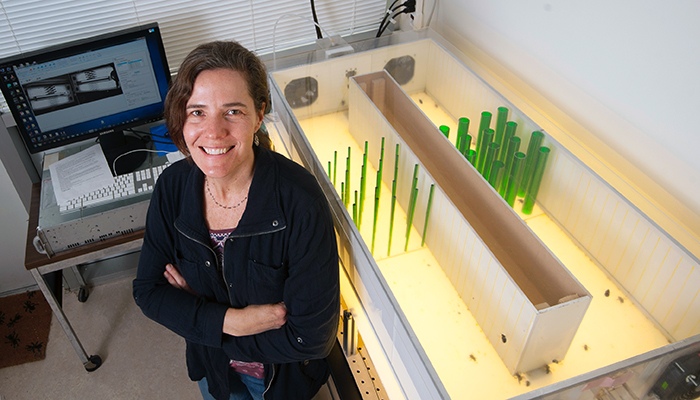Research Profile: Using robots and computer programming to get students excited about math
By Lisa Howard
July 11, 2016
For the past 10 years, Harry Cheng, a professor of mechanical and aerospace engineering at UC Davis, has been trying to get K-12 students excited about math, especially algebra.
In California, students are required to pass Algebra 1 in order to graduate from high school. Algebra is also essential for entry into any science, technology, engineering and math (STEM) field. But despite algebra being critical for success, many students fail. “Nearly half of California students retake Algebra 1,” said Cheng. And many students never even bother to finish high school: In the United States, more than 1.2 million students drop out every year, and although California’s graduate rate has improved in recent years, 52,249 students dropped out of high school in 2014.
So ten years ago Cheng, who has a background in engineering and an avid interest in computing and robotics, decided to help students learn algebra by using robots and computing. He wanted to make math fun.
What he and his research team developed, C-STEM Studio, available from the UC Davis Center for Integrated Computing and STEM Education, is a toolkit for teaching science, technology, engineering and mathematics using computing and robotics for integrated learning.
The program can be used for students starting as early as the first grade all the way through high school. And teachers can download all the tools, code, and textbooks for free.
“Hands-on math education with computing and robotics is much more effective than traditional instruction with pencil and paper,” Cheng says. “Computing and robotics make the abstract math concepts come alive.”
The software can be used to program both real and “virtual” robots and can also work with Linkbots made by Barobo and Mindstorms NXT and EV3 made by Lego.
C-STEM is used in more than 200 elementary, middle and high schools, mostly in California, affecting some 10,000 students. The algebra curriculum is aligned with Common Core state standards in mathematics.
In June, Cheng was recognized for his work with C-STEM when he awarded the UC Davis Chancellor’s Innovator of the Year Award. The award recognizes faculty, staff or teams whose inventive, innovative or entrepreneurial activities have had a measurable societal impact or have a strong potential to do so.
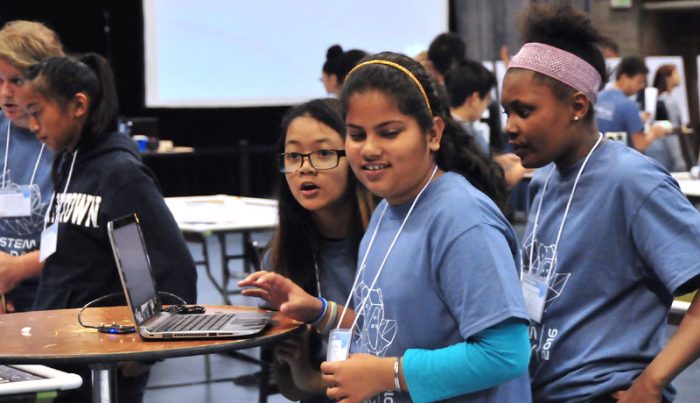
The sixth annual C-STEM Day in May featured 73 student teams competing at UC Davis and another 27 competing at University High School in Irvine. (Credit: C-STEM)
Since 2010 the center has received over $5 million in grants from the National Science Foundation, as well as support from the California Department of Education including collaborative grants with the Yolo and Solano County Offices of Education.
Cheng is using the $10,000 Innovator of the Year Award to establish a C-STEM Distinguished Lecturers Program for outstanding C-STEM teachers to give lectures on hands-on math education in school districts and county offices of education.
Cheng has been most excited by being able to work with schools to transform “at-risk” students into high achievers, something that has profoundly changed the lives of many young men and women.
“Students are much more engaged. Programming a robot or a robotic system with multiple modules to achieve a task excites their imagination and improves their critical and logical thinking, and problem-solving skills. Computing and robotics make the abstract math concepts come alive.”
Links
- Recipients of 2016 UC Davis Chancellor’s Innovation Awards Announced
- UC Davis Center for Integrated Computing and STEM Education
- C-STEM Studio Downloads
- Professor Harry H. Cheng
- UC Davis releases C-STEM Studio: Robotics and computing tools for teachers
- May 21 is C-STEM Schools Robotics Day at UC Davis, Orange County
[addtoany]
Tags
More Stories
